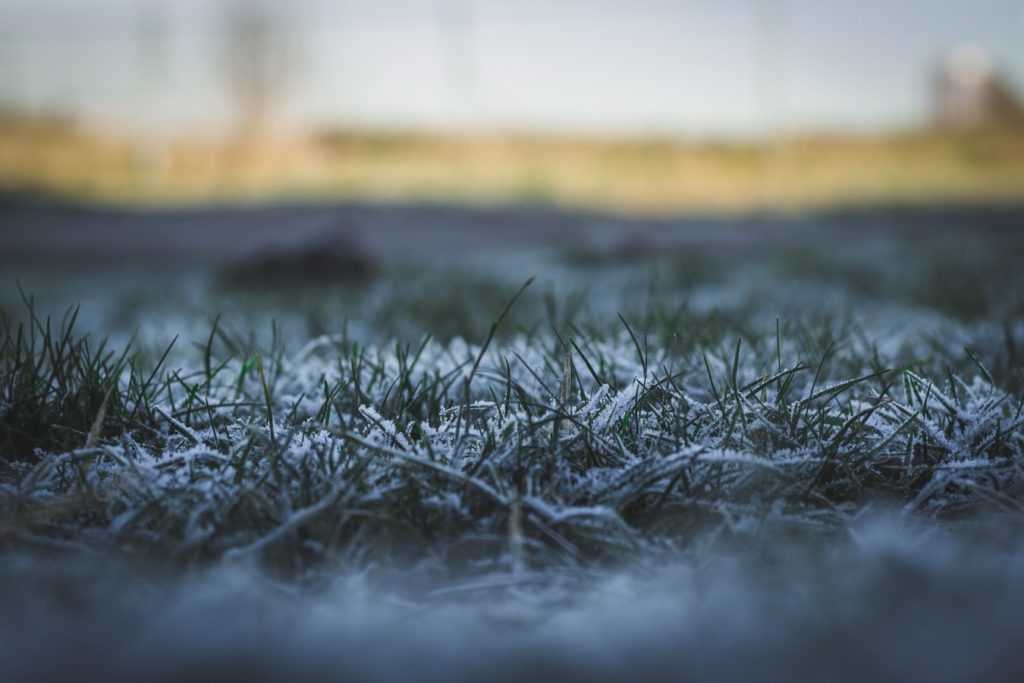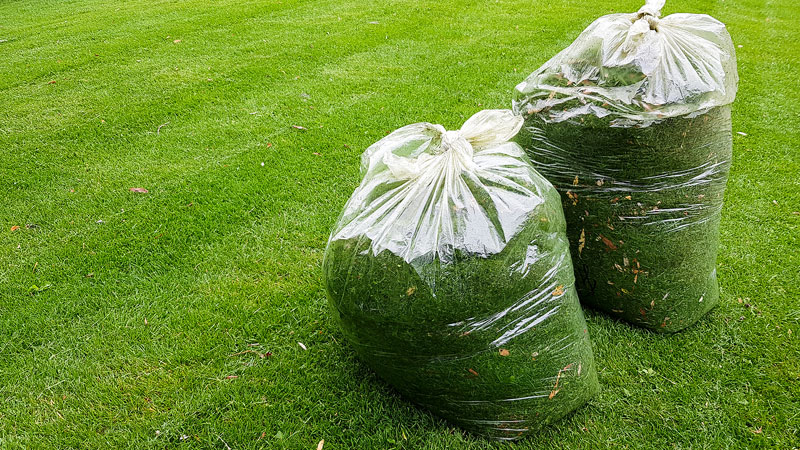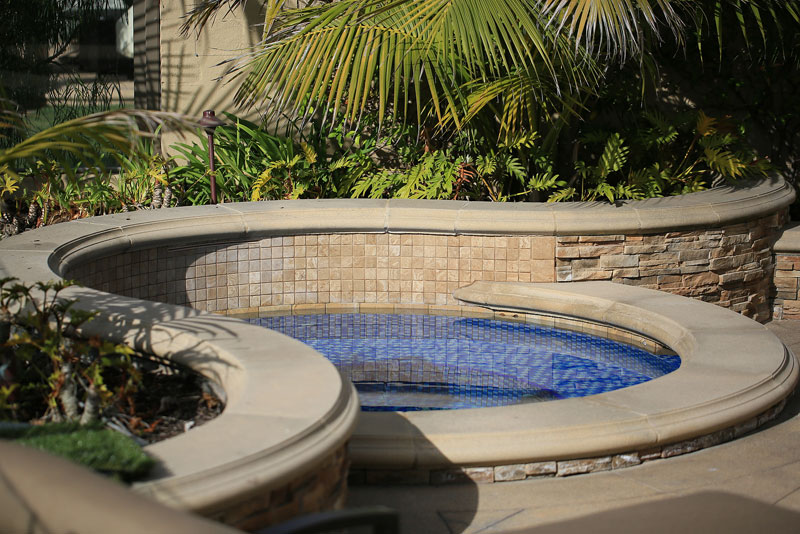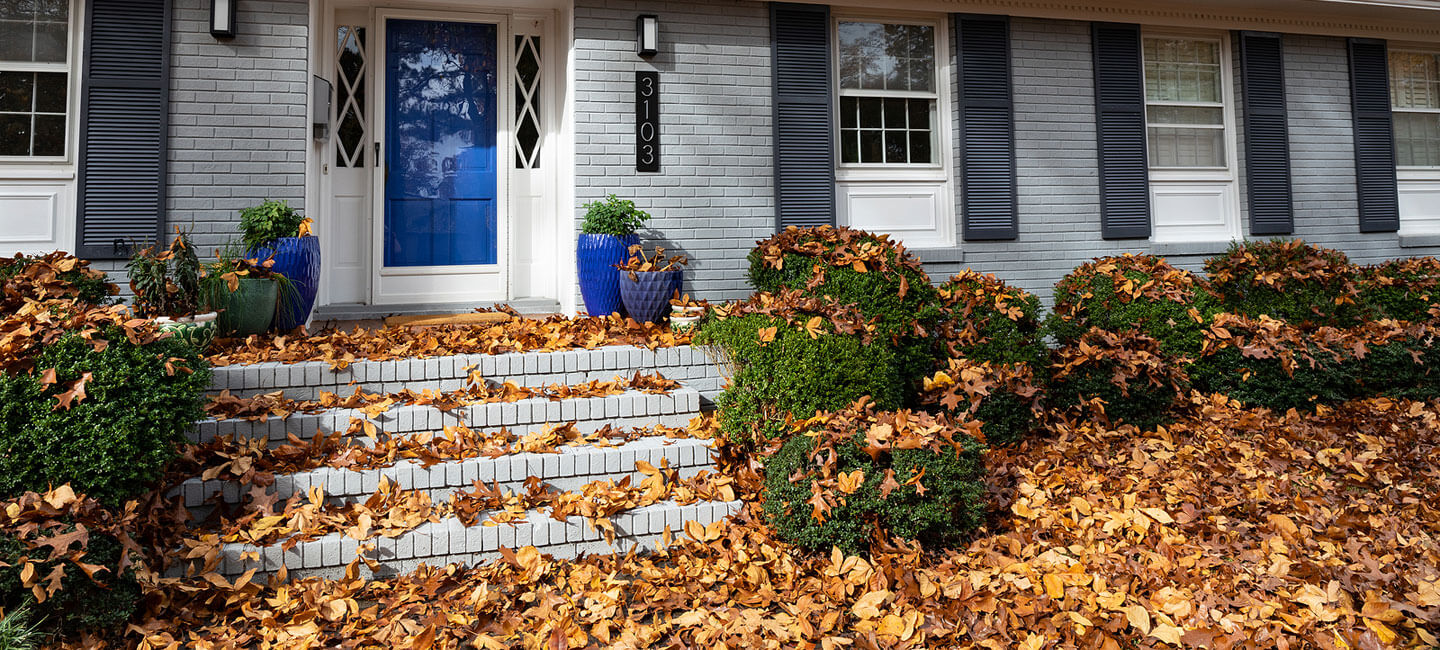[wpdreams_ajaxsearchlite]
Due to the long months of winter, it is exciting to go out in summer. However, it is disappointing to go out to see your grass dead, and you might be going again for another yard installation. So, it is better to find out why does grass di in winter.
Does grass die in winter?
It is essential to consider factors why does grass die in winter. The season itself is not to be blamed for dead grass. Also, being covered in snow isn’t really what causes grass to die. It only slows their photosynthesis is a carbohydrate-making process.
Knowing what’s in the season and how the grass reacts to it has the answer behind this question.

How and why does grass die in winter?
Crown Hydration
Grass’s crown, which connects the root to the shoots, is affected by crown hydration.
Moreover, if humans experience injuries, so do plants. Crown hydration is considered a winter injury, and it happens when low temperatures immediately follow high temperatures. This temperature change is often observed in late winter, where thawing and freezing are present.
When the temperature is high, plants take up water from the roots and pass by the crown. However, when temperatures drop, the water in the crown turns into ice, causing it to burst.
Just like injuries, crown hydration brings terminal damage to the grass and leads to death.
Poor Drainage
Surface runoff happens when snow or ice melts. Hence, the soil and the grass absorb the water, but if you have a depressed area in your turf or sod, it could put the grass underwater for an extended period, causing them to die.
Grass’ Cell Dehydration
It is not ice or ice sheets that kill your grass, but the water goes out of the cell into the extracellular area. The freezing temperatures cause it, and cell dehydration kills the crown. Asking “Does grass die in winter?” isn’t about winter. It is about what’s happening inside the grass.
Toxic Gas Accumulation
We do not see what’s happening below the surface. According to James Beard, the writer of Turfgrass: Science and Culture, ice sheets are not solely to be blamed, but it is the accumulation of toxic gas or the depletion of oxygen.
Small Rodents
“Does grass die in winter?” could also be “Are there animals that eat your grass?” because mall rodents like voles eat grassroots.
Furthermore, to prevent voles from killing your lawn, do not make a space for them in the first place. Check out for near areas where voles could be living, such as a pile of fallen leaves or dead grass.
Snow Mold
There are two common snow molds, the pink and the gray snow mold. Therefore, pink snow mold exists with or without being covered in snow, while the gray mold occurs in a long time of snow cover. These molds are not just molds but are fungal diseases. Being infected with these molds for a long period causes your turf to die.
Improve your soil aeration to avoid soil compact and allow ventilation. Also, avoid overwatering and overfertilization.
Salt
Salt is often used to lower water’s freezing point. Also, sodium chloride can be destructive to your grass as it robs moisture from the soil and the grass itself. Knowing other factors on why does grass dies in winter is a must. Additionally, check out for deicers in your area.
Scotts 09127 Turf Builder Starter Lawn Food 24-25-4
You cannot go outside to check your grass or lawn during winter. Therefore, you cannot see how or why does grass dies in winter. It’s hard to go out and take care of your grass when it’s freezing outside.
Tips To Improve your Grass’ Development in Winter
- Less water before winter.
If you know that winter is coming, gradually decrease your watering. The grass will not be needing much water because of the temperature. The plant process might just be slowing down.
- Slow-release fertilizer
Even if the plant process or development is slow down, it does not mean that nothing is happening below. Hence, winter is still time for root development. Try to use slow-release fertilizers near winter. Slow-release fertilizers take three weeks to a month before being fully absorbed by the plant.
You can also check if your grass isn’t completely dead. However, yellowish grass does not necessarily mean that the winter has killed your lawn. The pale color of your grass might suggest a lack of nutrients like nitrogen, phosphorous, and potassium below the soil.
- Choose a grass that can withstand winter conditions.
Carefully consider the type of grass that you use as it might not be thriving in freezing temperatures. Rough bluegrass and creeping bentgrass are excellent in withstanding low temperatures. Also try Kentucky bluegrass, colonial bentgrass, and perennial ryegrass.
- Improve your soil drainage.
Poor Soil Drainage Leads to Other Problems
Maintaining a beautiful turf requires careful thought, especially if you’re living in a place with four seasons. Sometimes, loving nature also means accepting how plants turn out due to the seasons and knowing and doing what is best for them.
If you are having a hard time figuring out what’s going on with your lawn grass, we at My Landscapers have been doing Lawn Replacement throughout Toronto, Markham, Vaughan & Richmond Hill. Our professionals best materials and tools to help your lawn look lush, healthy & green. Request your FREE, no-obligation, detailed estimate today, and one of our landscaping experts will contact you.



